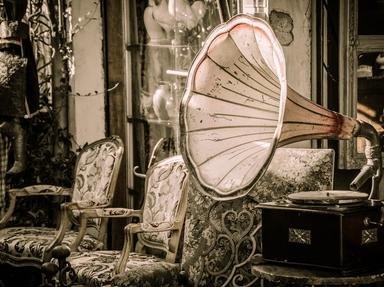
Tales of the Grand Tour 2 Trivia Quiz
Planning an itinerary for the Grand Tour had to have taken a lot of time. What was there to see in each of the stops along the way? See if you can match some of the main attractions with the city where they were found.
A matching quiz
by ponycargirl.
Estimated time: 3 mins.